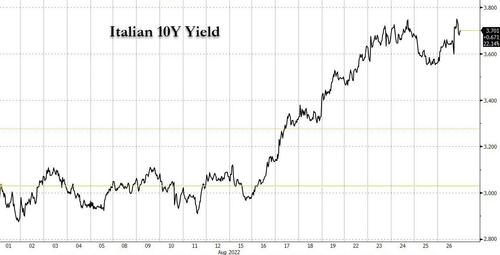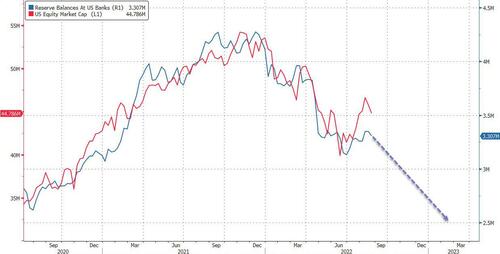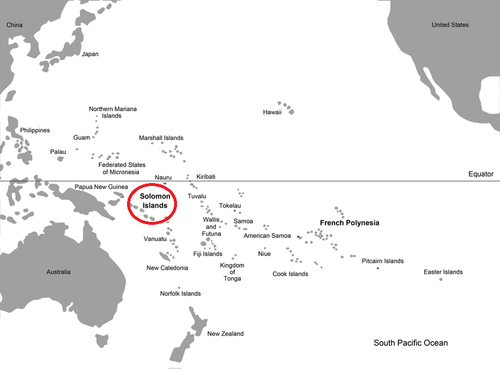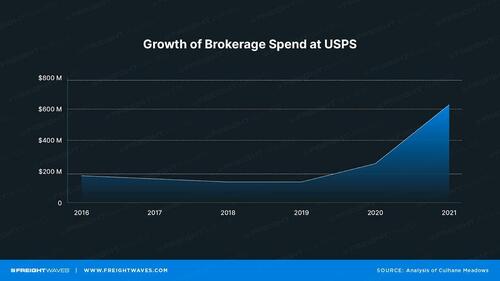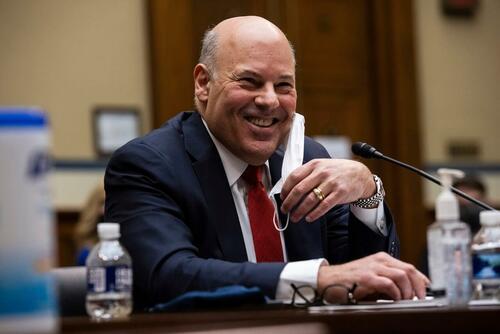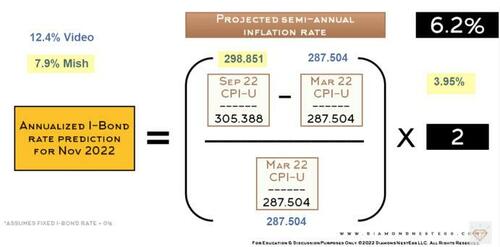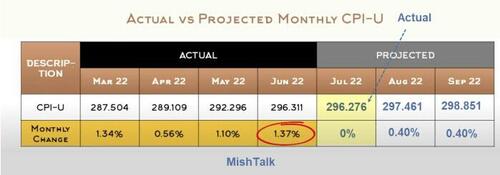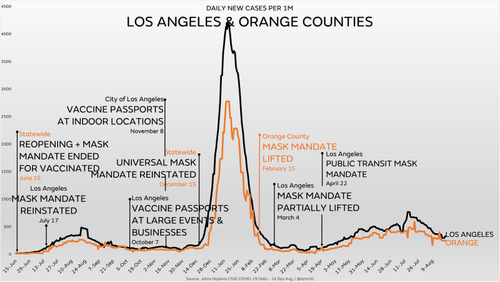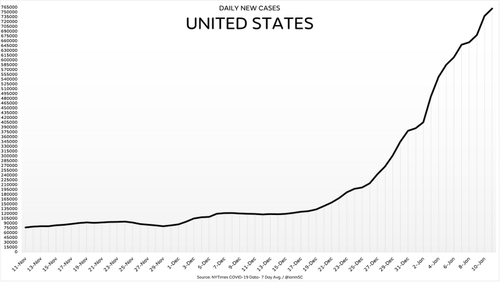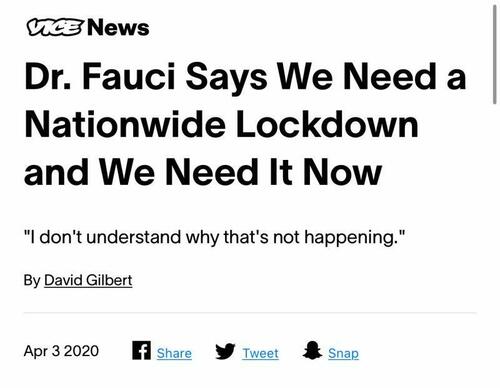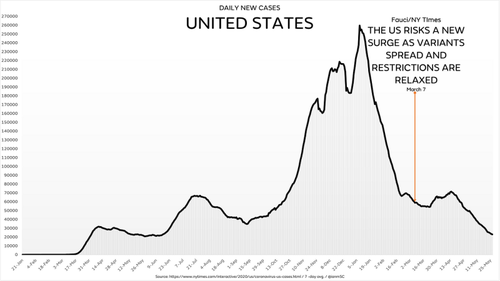Before The October ‘Surprise’ Comes The August-September PSYOP Polls
Authored by Rajan Laad via AmericanThinker.com,
For every election cycle, a few months prior to voting day, pollsters release surveys that show Democrats leading with wide margins. The media gleefully amplify these polls.
This isn’t a recent phenomenon.
Back in 1980, Reagan was trailing Carter trailing by 8% even in some mid-October polls. Reagan ended up winning the 1980 general election in a landslide.
In 2016, pollsters said with certitude that Hillary Clinton would be the next president. The New York Times proclaimed she has a 91 percent chance of winning. Trump won that election by a respectable margin in the electoral college.
In 2020, Trump was supposed to lose to Biden by a landslide. In reality, Trump secured 10 million more votes than in 2016, despite the media onslaught for four years, Democrat electoral malpractice, and suppression of all anti Biden stories. Trump received 7 million more votes than any sitting president in American history.
We are months before an election and various Democrat mouthpieces are doing the very same thing.
Vanity Fair magazine is claiming that Maybe Democrats Aren’t Totally Screwed in the midterms. The Atlantic is claiming that the Democrats might avoid a midterm wipeout. The New York Times reports “growing evidence against a Republican wave.” The Washington Post opines that Democrats are showing momentum coming out of special elections. NPR is claiming that Biden’s recent wins could give Democrats a boost heading into November. Even ‘conservative’ Fox News is claiming that midterms looking ‘much better’ for Democrats because of Trump.
The media is also pushing the narrative that Biden has had a resurgence. They are citing Biden’s ‘legislative accomplishments’ on tech manufacturing, guns, infrastructure, and climate change. They are lauding Biden for canceling $10,000 in student debt for borrowers making under $125,000 per year. They are even claiming his poll numbers are high.
Dark Brandon is having a good week.
– Jobs up
– Unemployment down
– Gas prices down
– Getting Manchin and Sinema to agree on SOMETHING
– Got the Al Qaeda guy
– Even shamed Republicans into helping veterans (Jon Stewart definitely helped!) pic.twitter.com/LesAWTByFs— Grant Stern is boosted! (@grantstern) August 5, 2022
Now for the facts.
None of his ‘legislative accomplishments’ will have any positive impact on the ground. On the contrary, they are likely to worsen the suffering.
Pardoning student loans is discriminatory to people who have the burden of other kinds of loans such as home loans, vehicle loans, business loans, etc., plus high taxes. These people are unlikely to be pleased with Biden.
The annual inflation may have dropped marginally but it still remains at a high 8.5 percent causing the prices of regular items to skyrocket, adding to the struggle of regular Americans. The media is claiming that the Inflation Reduction Act addresses inflation, however, experts say it would only reduce annual inflation by 0.1 percentage point over the next five years.
A recent ABC News/Ipsos poll shows only 37% of Americans approve of Joe Biden’s handling of the economy while 70% thought the economy under Biden had worsened.
The Democrats are the party of open borders causing an influx of illegal immigrants some among whom are violent criminals, human traffickers, terrorists, and smugglers of illicit drugs.
Since Biden took office, over 4.9 million illegal migrants have crossed the southern border. This is the equivalent of the combined population of states such as Wyoming, Vermont, Alaska, both North and South Dakota, and Biden’s home state of Delaware.
The Democrats have also shown totalitarian propensities.
They called parents who opposed the teaching of critical race theory in school domestic terrorists.
They used COVID-19 to impose lockdowns that destroyed lives not only economically but psychologically. The Democrats advocated vaccine mandates that rendered many jobless. Some who reluctantly took the vaccine to remain employed, are suffering from health issues.
The Democrats attempted to set up the Orwellian ‘Disinformation Governance Board’ that sits in judgment of the utterances of regular citizens.
The Democrats plan to hire 87,000 new IRS agents who will obviously harass the middle class quite likely in states that don’t vote Democrat. The same Democrats have no funds to hire new Border Patrol agents to protect the border.
The January 6 Committee exists to persecute political opponents and their supporters.
Democrats have shown themselves to be out of touch, bragging about expensive electric cars that are hard to recharge.
The situation abroad is catastrophic.
Biden’s withdrawal has made Afghanistan unstable and al-Qaida is once again in control. The media focused on lauding Biden for the killing of Ayman al-Zawahiri, but what the ignored was the fact that he was living comfortably in Kabul.
A Department of Defense whistleblower report noted that 324 of the individuals the Biden administration evacuated from Afghanistan and welcomed into the U.S. have appeared on the terror watchlist.
There is a raging war in Ukraine. The Democrats have splurged $10.6 billion and pledged $40 billion more in aid to Ukraine. All transparency and accountability measures were blocked. Recently Biden announced $3 billion in new weapons and equipment to Ukraine, once again there is no proper tracking of these weapons, let alone the money — the weapons could be sold on the black market and end up in the wrong hands.
There are also considerable tensions between China and Taiwan.
There is nothing that the Democrats can point to and claim as their accomplishment.
Yet they focus on the trivial and attempt to project themselves in favorably.
A perfect example is the senate race in Pennsylvania which is a microcosm of the entire U.S.
The race is between Republican Dr. Memet Oz and Democrat John Fetterman.
Fetterman pledged to ban fracking which supports thousands of jobs, especially in western Pennsylvania which is the fourth-largest energy producer in America. Fetterman plans to release one-third of the state’s prisoners which will place Pennsylvanians in deep peril. Fetterman suffered a stroke that kept him away from the campaign for three months and now has impaired cognitive abilities.
But the media is focused on Dr. Oz unknowingly using the wrong word to describe a vegetable tray. The polls show Oz consistently trailing Fetterman by 11 percentage points. They are even carrying reports that Trump thinks Oz will lose, and obviously, the sources are unnamed.
Back to Biden.
There are a few polls that the media don’t like to talk about.
Axios recently ran a poll early this month that showed a startling number of Democrats are been unwilling to support Biden’s re-election in 2024 since he is old and unpopular. The New York Times carried a piece urging Biden to step aside in favor of young talent in the Democrat party. The Washington Post ran a column that revealed that few candidates want Biden to campaign for them in their state or district.
Now about those polls.
The goal behind these new polls favoring the Democrats and accompanying the media blitzkrieg is to dispirit the Republican voters and prompt them to skip voting. This is a voter suppression tactic.
The truth is the Democrats were and are behind every major suffering that regular Americans are facing from crime to inflation to dangers from abroad. The voters are unlikely to forget their past and their present.
Former U.S. representative and Speaker of the House Newt Gingrich (R-GA),who knows a thing or two about politics, wrote “November realities are going to be a lot friendlier to Republicans than August news media fantasies.”
All you have to do is vote.
Tyler Durden
Sun, 08/28/2022 – 22:30
via ZeroHedge News https://ift.tt/6rAswzf Tyler Durden



